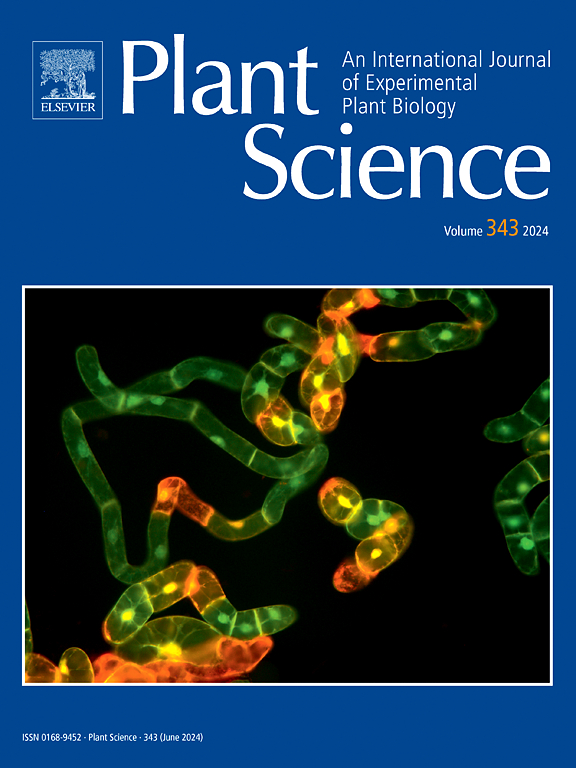The role of nitric oxide and nitrogen in mediating copper stress in Brassica juncea L.
IF 4.2
2区 生物学
Q2 BIOCHEMISTRY & MOLECULAR BIOLOGY
引用次数: 0
Abstract
Copper (Cu) holds a significant importance in plant metabolism as it serves as an essential micronutrient but becomes toxic at higher concentrations. Nitric oxide (NO), a key signaling molecule, and nitrogen (N) play essential roles in combating toxicity of some metals. This study explores the potential of interactive effects of NO as 100 µM SNP (sodium nitroprusside, NO source) and N (80 mg N kg−1 soil) in mitigating Cu (100 mg Cu kg−1 soil) stress in mustard (Brassica juncea L.) plants. The impaired physio-biochemical changes, photosynthetic efficiency, and the expression level of genes associated with photosynthesis, and N assimilation under Cu stress were ameliorated with the exogenous application of NO and N. The combined treatment of NO and N conspicuously lowered reactive oxygen species (ROS) and its related impacts. It also enhanced the activity and relative expression of antioxidant enzymes, including ascorbate peroxidase (APX), glutathione reductase (GR), and superoxide dismutase (SOD) as well as N assimilation enzymes, such as nitrate reductase (NR) and nitrite reductase (NiR). The supplementation of NO and N also triggered the expression of rbcL (large subunit of Rubisco), photosystem (photosystem II D1 protein; psbA and photosystem II protein B; psbB) and markedly improved photosynthetic capacity under Cu stress. The study highlights the significance of NO and N as a potential strategy to counteract Cu-induced stress in crops. It suggests a synergistic or interactive effect between the two substances as a phytoremediation strategy for enhancing crop growth and productivity in Cu-contaminated soils. Understanding the mechanisms behind NO and N mediated stress alleviation could facilitate the development of targeted approaches to enhance plant resilience against heavy metal stress.
求助全文
约1分钟内获得全文
求助全文
来源期刊

Plant Science
生物-生化与分子生物学
CiteScore
9.10
自引率
1.90%
发文量
322
审稿时长
33 days
期刊介绍:
Plant Science will publish in the minimum of time, research manuscripts as well as commissioned reviews and commentaries recommended by its referees in all areas of experimental plant biology with emphasis in the broad areas of genomics, proteomics, biochemistry (including enzymology), physiology, cell biology, development, genetics, functional plant breeding, systems biology and the interaction of plants with the environment.
Manuscripts for full consideration should be written concisely and essentially as a final report. The main criterion for publication is that the manuscript must contain original and significant insights that lead to a better understanding of fundamental plant biology. Papers centering on plant cell culture should be of interest to a wide audience and methods employed result in a substantial improvement over existing established techniques and approaches. Methods papers are welcome only when the technique(s) described is novel or provides a major advancement of established protocols.
 求助内容:
求助内容: 应助结果提醒方式:
应助结果提醒方式:


